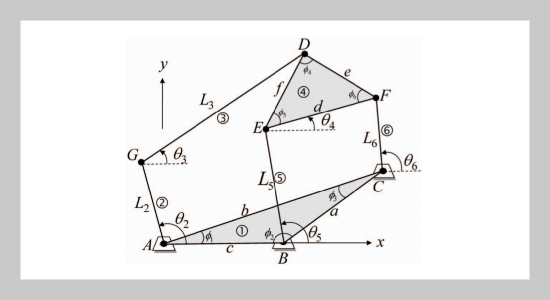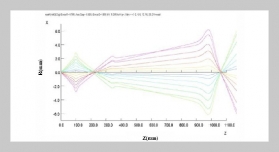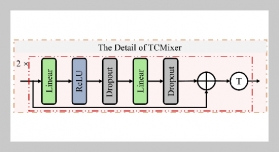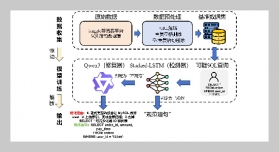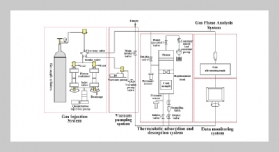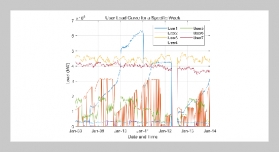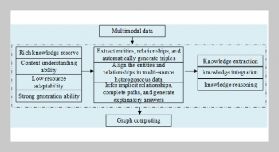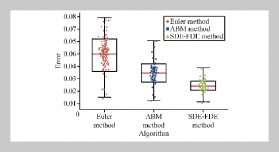Chao-Hwa Liu This email address is being protected from spambots. You need JavaScript enabled to view it.1 and Chien-Kai Chen1 1Department of Mechanical and Electro-mechanical Engineering, Tamkang University, Tamsui, Taiwan 251, R.O.C.
Received:
September 9, 2015
Accepted:
October 23, 2015
Publication Date:
December 1, 2015
Download Citation:
||https://doi.org/10.6180/jase.2015.18.4.06
In this study kinematic analysis of a particular flapping wing MAV is performed to check the symmetry of the two lapping wings. In this MAV symmetry is generated by a Watt straight line mechanism. After appended by two more links to provide a continuous input, and it becomes a Stephenson type III six-bar linkage. Together with the two wings the vehicle has 10 links and 13 joints. Since a Watt four-bar linkage can only generate approximate straight lines, the deviation from an exact straight line causes phase lags of the two wings. The goal of this study is to determine the phase lags. To achieve this goal a forward kinematic analysis of the Stephenson III linkage is performed, which refers to the procedures that may determine the position, velocity, and acceleration of the MAV. Among these procedures, position analysis involves equations that are highly nonlinear and deserves special attention. The authors developed two solution techniques for the forward position analysis of Stephenson III mechanisms: an analytic procedure which leads to closed-from solutions; and a numerical technique to obtain approximate solutions. We use the numerical technique to perform kinematic analysis because solutions obtained by the two methods agree almost exactly but the numerical method is much faster. We analyzed the MAV with the same dimension as the real model, and found it to have very good symmetry with negligible phase lags between the two wings.ABSTRACT
Keywords:
Micro-aerial-vehicle, Forward Position Analysis, Watt Straight-line Linkage, Stephenson Type III six-bar Linkage
REFERENCES


